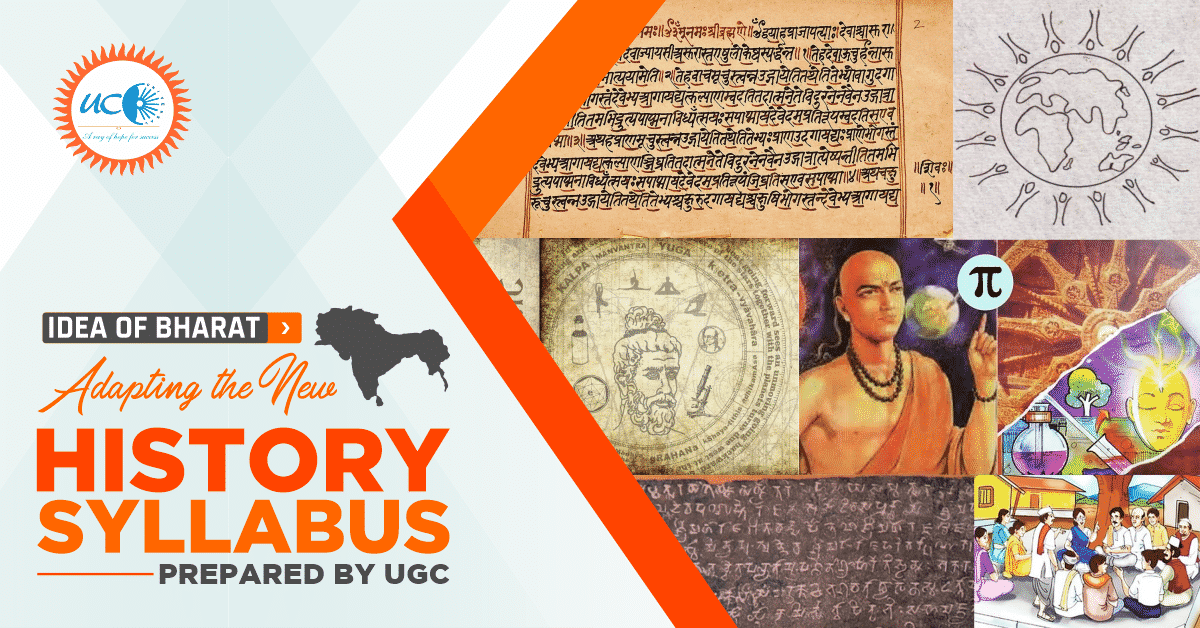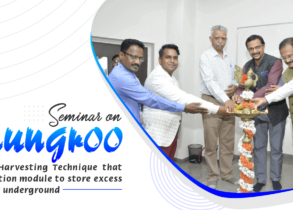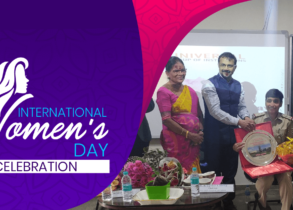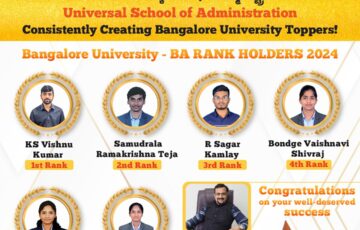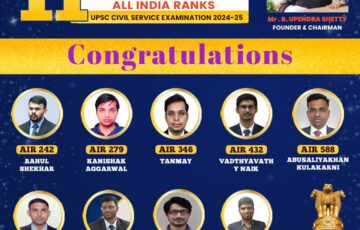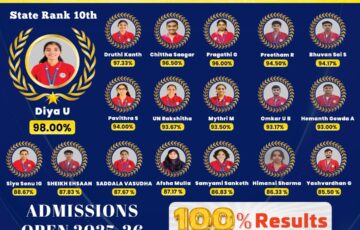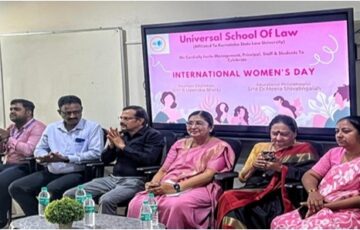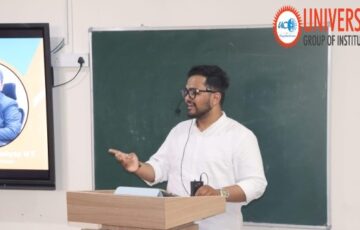Adapting the New HISTORY SYLLABUS prepared by UGC
The UGC – University Grants Commission has recently released a draft of an updated and revamped History Syllabus for various streams that have it as a subject in their curriculum for primary education, college undergraduate / postgraduate courses, or any course that requires affiliation with India’s Education System.
To ensure uninterrupted teaching and learning at home and minimize academic loss by leveraging the potential of ICT( Information & Communication Technology ), UGC has, in the recent past, also shared links of digital platforms developed by MHRD and UGC with a request to create awareness amongst the academic fraternity, using the institutions’ websites, e-mail and sharing through social media. These digital platforms can be accessed by teachers, students and researchers in universities and colleges and also by lifelong learners. In this regard, UGC has also constituted an expert committee to make recommendations on the pooling of e-resources and enhancing the online education systems in the country.
The main focus of the Syllabus change is to elaborate the History of “Ancient India” and “Ancient Indian Heritage”. There is more stress required on it to induce harmony and patriotism amongst the new generation. They have also been recognized by slogans such as “Idea of Bharat”.
Many scholars have put their arguments forward since independent times wherein a lot of the chapters focussed only on recent Indian History especially the Pre-colonial Era of the British and some centuries before that during which the Mughal Empire was prominent. These scholars say that India or Bharat has been around before CE and therefore a lot of cultures, traditions and languages existed before all this and it should also be represented proportionately. All students should be aware of three thousand or more years instead of the last 500-800 years.
Many areas of focus are like the Concept of Bharatvarsha. This includes the Eternity of synonyms to Bharat, the Indian Concept of Time and Space, the glory of Indian Literature: Ved, Vedanga, Upanishads, Jain and Buddhist Literature, Smriti, Puranas etc.
The second unit covers the Indian Knowledge Tradition, Art and Culture. Evolution of language and scripts like Brahmi, Kharoshiti, Pali, Sanskrit etc. Salient features of Art and culture.
The third unit is about Dharma, Philosophy and Vasudhaiva Kutumbakam. This is the Indian perception of Dharma and Darshan. Inclusion of Polity and governance for a prosperous nation.
The fourth unit covers Ancient Science, Environment and Medical Science. Ancient India is renowned for its contribution to Science and Medical, long before the west. Our scientists contributed to Indian numeral system, Mathematics and Astronomy. It also incorporates the Indian view of Environmental conservation.

